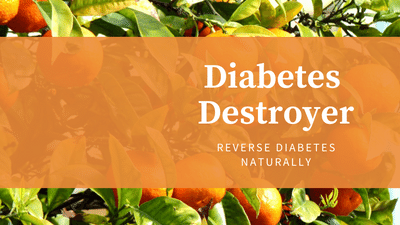You know that vegetables can help you lose weight and avoid chronic diseases. Yet most people probably still aren’t eating enough of them.
If you need a little motivation to get your share, here are four surprising reasons to increase your vegetable intake:
They fight bloat

Vegetables can help you look leaner by counteracting bloat caused by salt. Vegetables are rich in both potassium and water, which help flush excess sodium out of the body while restoring the body’s normal fluid balance.
To ease that full feeling in your stomach, try eating fennel, cucumbers, summer squash, romaine lettuce, red leaf lettuce or tomatoes.
If you experience gas when you start to add more fiber and vegetables to your diet, choose steamed vegetables rather than raw ones. The heat from cooking breaks down some of the fiber and will keep gastric distress to a minimum as your body adjusts to consuming the fiber you need.
They create a youthful glow
Many vegetables are 85% to 95% water, which helps hydrate the skin and reduce wrinkles. And phytonutrients, found in all vegetables, can guard against premature aging by preventing cell damage from stress, the sun, pollution and other environmental toxins. Vitamin C aids in collagen formation, according to studies.
Choose brightly colored red and orange vegetables and you’ll get an added boost of beta carotene, which can give you a healthy glow as it protects skin from sun damage. Similarly, lycopene, found in red vegetables such as tomatoes, also has been shown to act as a natural sunscreen.
Eat vegetables like tomatoes, cucumbers, bell peppers, broccoli and potatoes for vitamin C, and carrots, pumpkin and other orange produce for beta carotene.
They reduce stress

Stress can make you tired and moody, hindering your ability to make healthy nutrition choices. The result is emotional overeating and binges.
Meanwhile, nutrients like magnesium and vitamin C are quickly depleted during stressful times. Luckily, many vegetables contain these very nutrients, as well as tension-reducing omega-3 fatty acids and B vitamins that fight anxiety and depression.
The potassium and magnesium found in some vegetables can also calm you on the inside as they relax blood vessels and keep your blood pressure down, according to research. And fiber keeps blood sugar levels stable, preventing dips in energy and the associated mood swings.
To reduce stress, eat any vegetable. Mushrooms, leafy greens, squash, potatoes, bell peppers, spinach, bok choy, fennel, string beans are especially good sources of several vitamins and minerals.
They protect your bones

Most people think of dairy foods as the bone protectors, thanks to their high calcium and vitamin D content. But some vegetables also have these same nutrients in addition to bone-building vitamin K, magnesium, potassium and prebiotic fiber.
Tomatoes in particular have recently been connected to bone health. A study found that when you remove lycopene-rich foods like tomatoes from the diet, women are at increased risk of osteoporosis.
Eat strong-spined, dark leafy greens like spinach (cooked for more calcium!), broccoli and green peas for calcium and vitamin K. Mushrooms contain vitamin D while asparagus,onions, garlic and leeks are full of prebiotic fiber.
Simple, easy ways to Stay Healthy!








